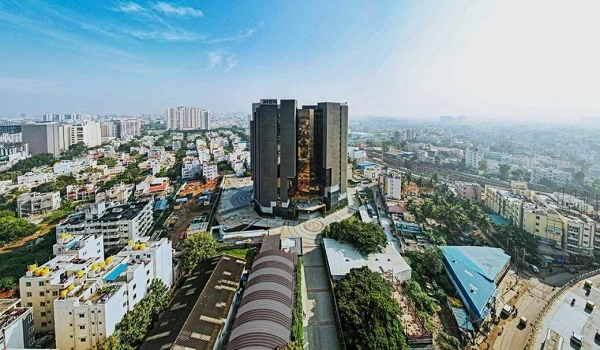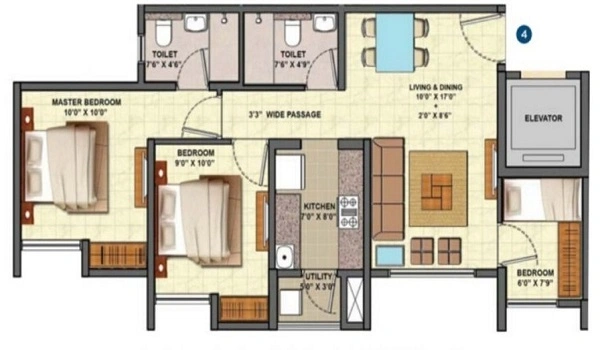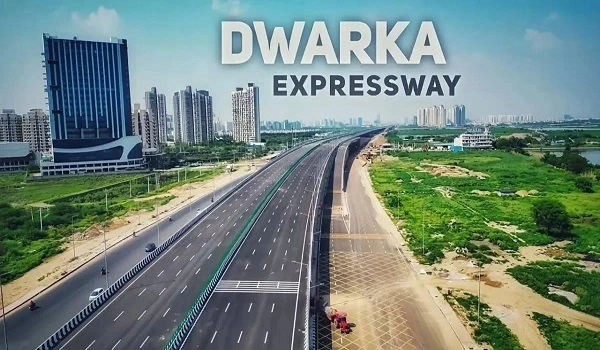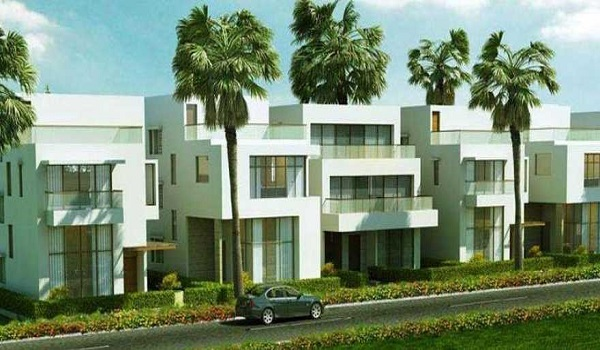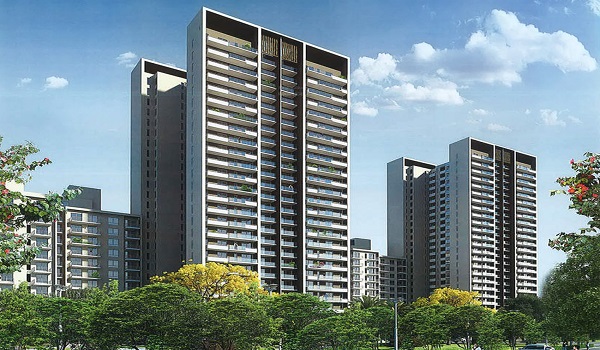How Migrant Labor Trends Are Delaying and Reshaping Project Timelines in Bangalore
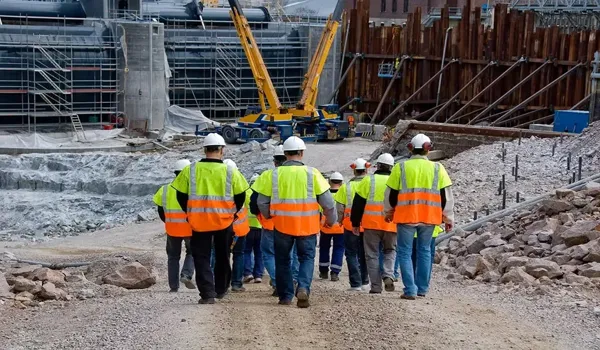
Migrant labor trends are changing construction project timelines in Bangalore by affecting how fast sites can mobilize, finish, and hand over homes. Large projects across the city rely on skilled and semi-skilled workers from other states for core work like shuttering, rebar, MEP, and finishing. When that supply turns erratic, schedules slip, costs rise, and quality control gets harder. In growth nodes such as Shettigere, master-planned townships like Godrej MSR City are building buffers into planning so delivery stays predictable even when the labor market moves.
Most apartment and township sites run on crew-based work that needs steady hands at each stage. Masons, bar benders, electricians, plumbers, and finish carpenters form teams that move tower to tower. If even one trade is short, the next activity waits, and the critical path stretches. That is why labor stability is as important as drawings, materials, and approvals.
- Reverse migration and seasonality: Festive periods, harvest cycles, and family needs pull crews home, which leaves gaps on site.
- Wage competition: Logistics parks, factories, and city services often pay weekly and closer to housing, so switching becomes easy.
- Automation and prefab: Some tasks shift to yards and factories, trimming headcount on site but raising demand for trained assemblers.
- Local opportunities and schemes: Work closer to home can feel safer and simpler, so crews choose shorter stints in Bengaluru.
Delays usually appear in three places: structure, services, and finish.
- Structure: Fewer shuttering teams slow slabs. One week lost per cycle compounds across floors.
- Services (MEP): Electricians and plumbers arrive late, so walls cannot close, and painting waits.
- Finishing and QA: Rework rises when fresh teams step in mid-phase, which adds cost and time.
Hidden impacts include higher overtime, extra site supervision, and rescheduling of cranes, pumps, and testing agencies. Multi-tower campuses feel this more because crews must be balanced across many fronts.
Tier-1 builders are not waiting for labor to stabilize. They are changing how they build.
- Modular and offsite methods: Precast elements, ready-mix plasters, cut-and-bend steel, and bathroom pods reduce wet work and the need for large on-site gangs.
- Digital labor management: App-based onboarding, attendance, and skill tagging help predict gaps and call in bench strength faster.
- Training and upskilling: Short, focused modules for safety, rebar tying, waterproofing, tile setting, and snag closure raise output per worker.
- Worker retention: Better on-site housing, clean water, clinics, childcare corners, and timely digital payments keep teams settled.
- Contracting strategy: Two vendors per critical trade, performance-linked milestones, and clear escalation paths limit disruptions.
Peripheral hubs offer room for planning. Sites can set up organized worker housing, storage yards, and safer access roads, which lowers daily friction and absenteeism. Shettigere, near the airport Trumpet Road with links to NH 44 and SH 104, shows this advantage. A township-scale plan lets the builder phase towers, rotate crews logically, and run quality checks in batches.
Example touchpoint: Godrej MSR City sits on about 62 acres with roughly 20 acres of green area and a total plan of around 4,000 2 and 3 BHK homes. Phase 1 spans 19 acres with 1,961 units across high-rise towers planned to 2B+G+15 floors. With RERA in place and a five-year build window from April 2025 to March 2030, the schedule banks on modular methods, phased execution, and strong vendor benches to offset labor swings. Pricing for 2 BHKs starts near ₹1.18 crore, which reflects township-scale efficiencies rather than costly central-city infill work.
Clear, fair systems help workers stay longer and work better. Site teams that register workers with the state welfare boards, enable cashless, on-time pay, and provide safety gear reduce churn. Simple grievance channels and visible safety drills build trust. For developers, compliance and transparency cut stoppages and improve audits with lenders and RERA.
Tech is not a magic fix, but it removes friction.
- Labor exchange platforms: Match verified skills to open roles, cutting the need for middlemen.
- Skill "passports": Digital IDs that carry training records and site history speed up onboarding.
- Geofenced attendance and tasking: Cleaner payrolls and fair incentives for productivity and safety.
- Progress tracking: Drones, photo logs, and mobile QA apps turn site progress into data that leadership can act on.
- Credential tools: Secure digital records help workers access benefits and speed site entry.
- How many towers are built per phase, and which trades are double-sourced
- Whether the project uses precast, pods, or offsite methods to cut on-site headcount
- If worker housing, clinics, and safety training are active on site
- The buffer built into milestone dates and the process for catching up if one trade falls short
- How snagging, QA, and third-party checks are scheduled near handover
Migrant labor trends now shape real delivery timelines in Bangalore more than any single construction method. The builders who win are the ones who plan for movement, not perfection: modularize where it helps, train and retain core crews, and keep clean data on progress. In growth belts like Shettigere, township projects such as Godrej MSR City show how scale, phasing, and on-site welfare can steady the calendar even when crews ebb and flow. For homebuyers, the safest bet is a project that talks openly about manpower strategy and proves it at the site, week after week.


